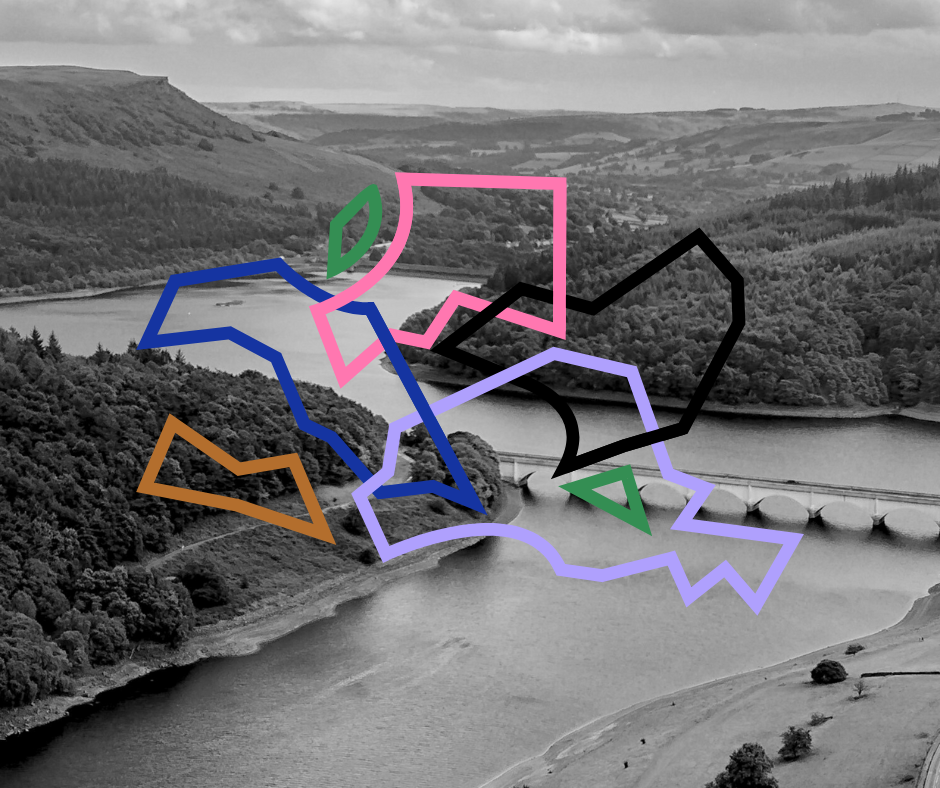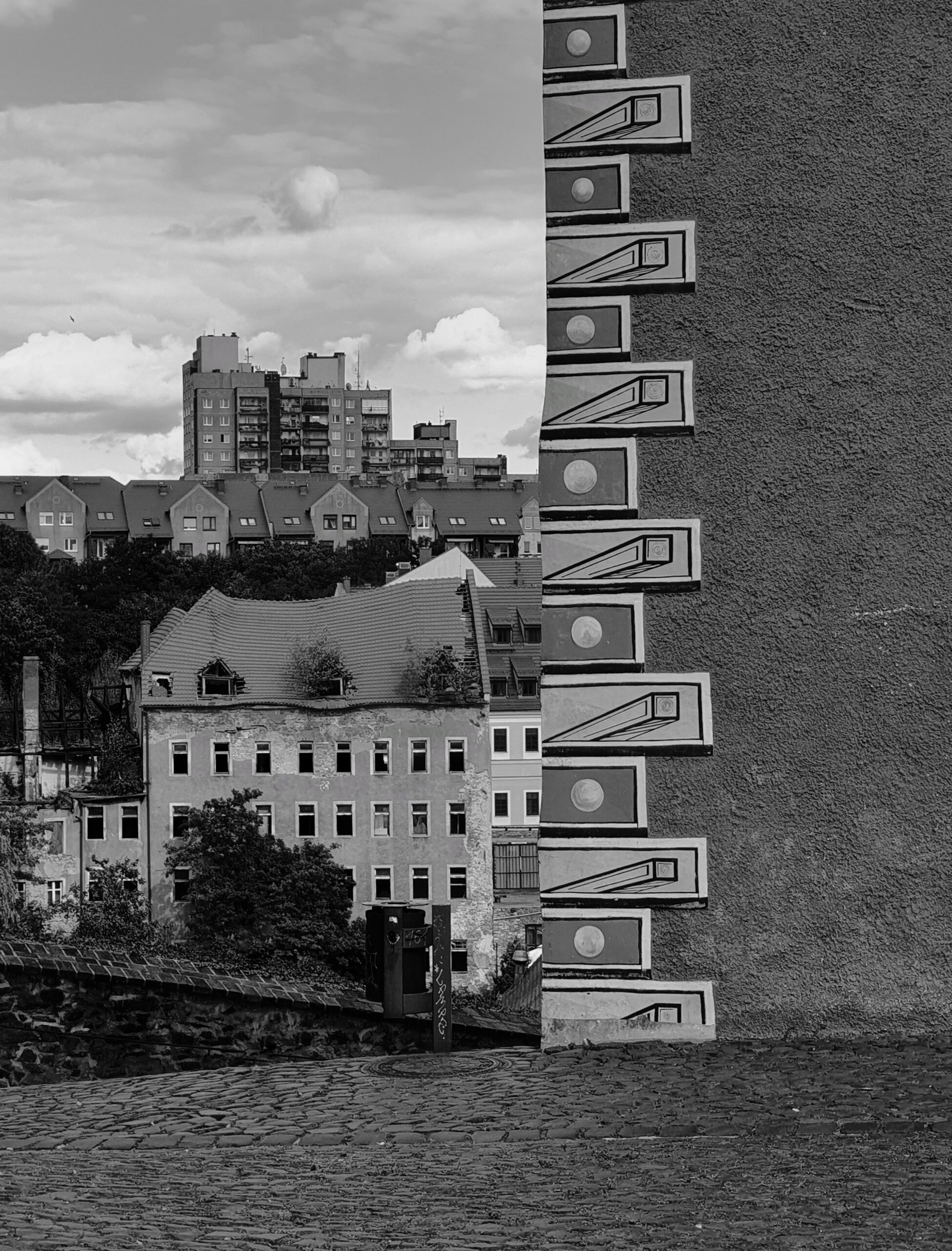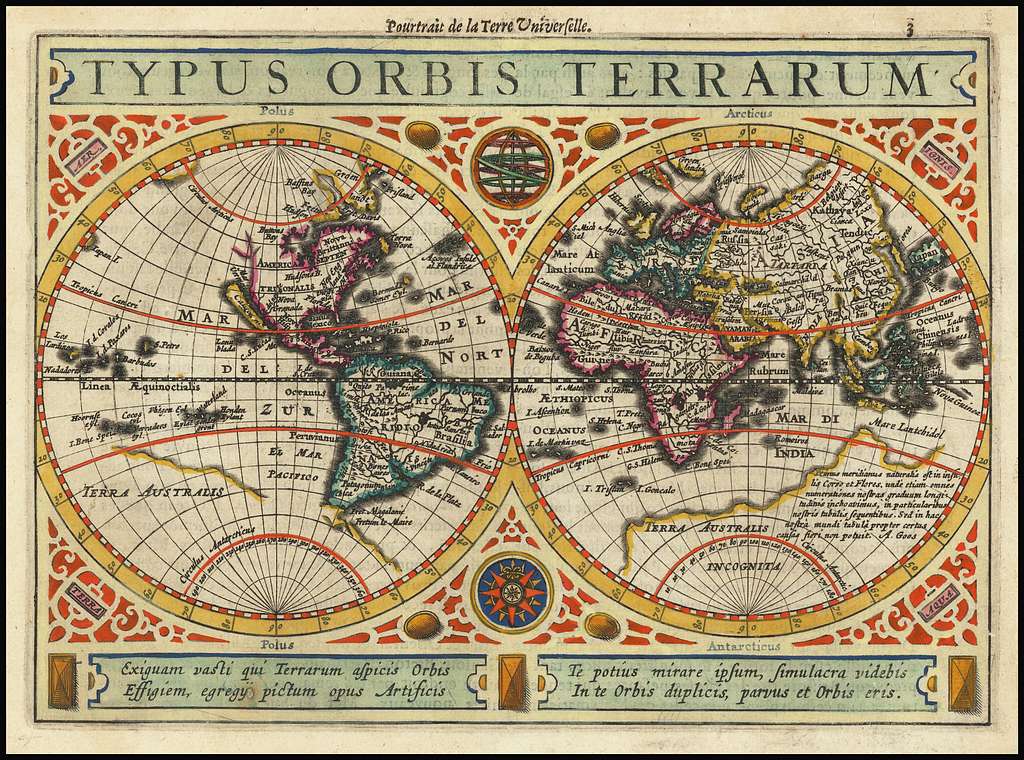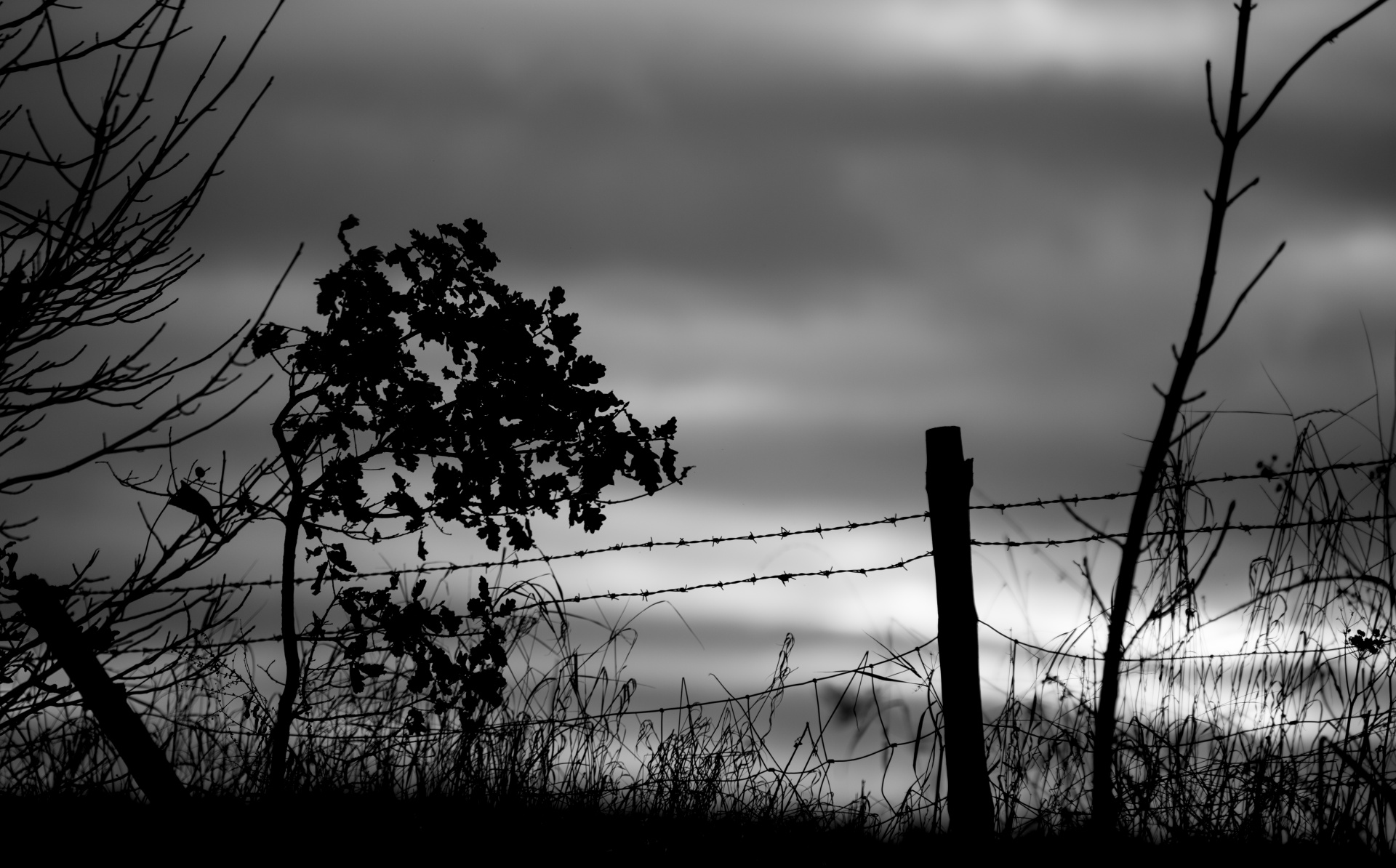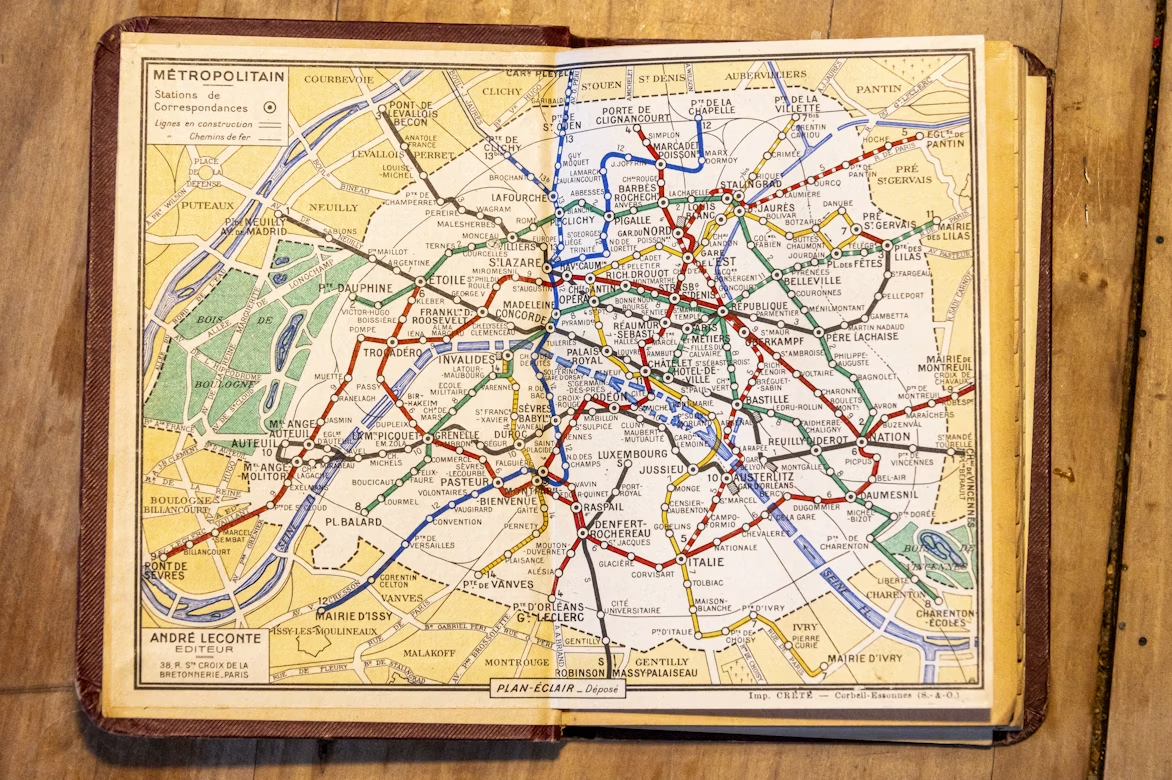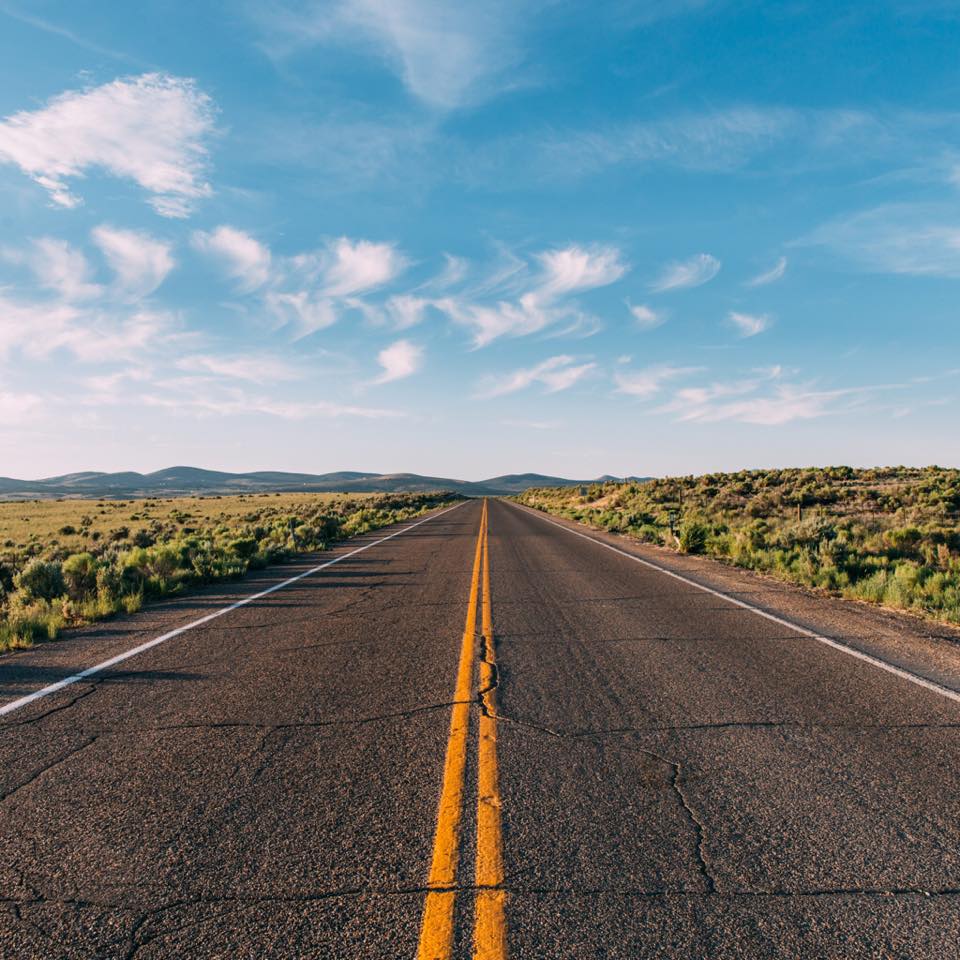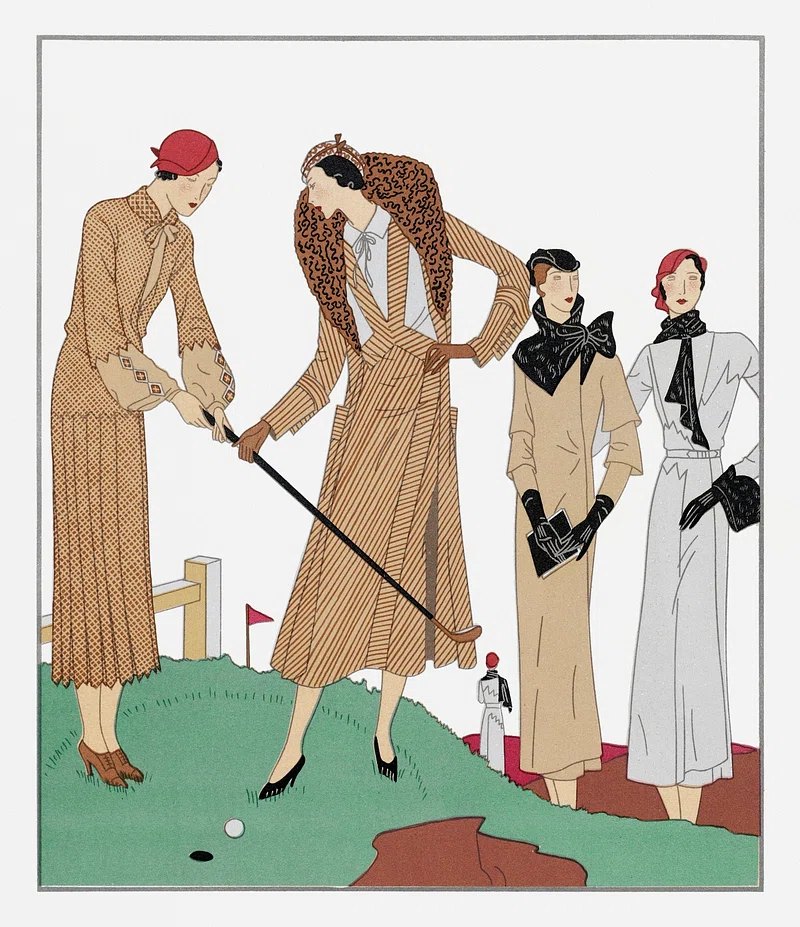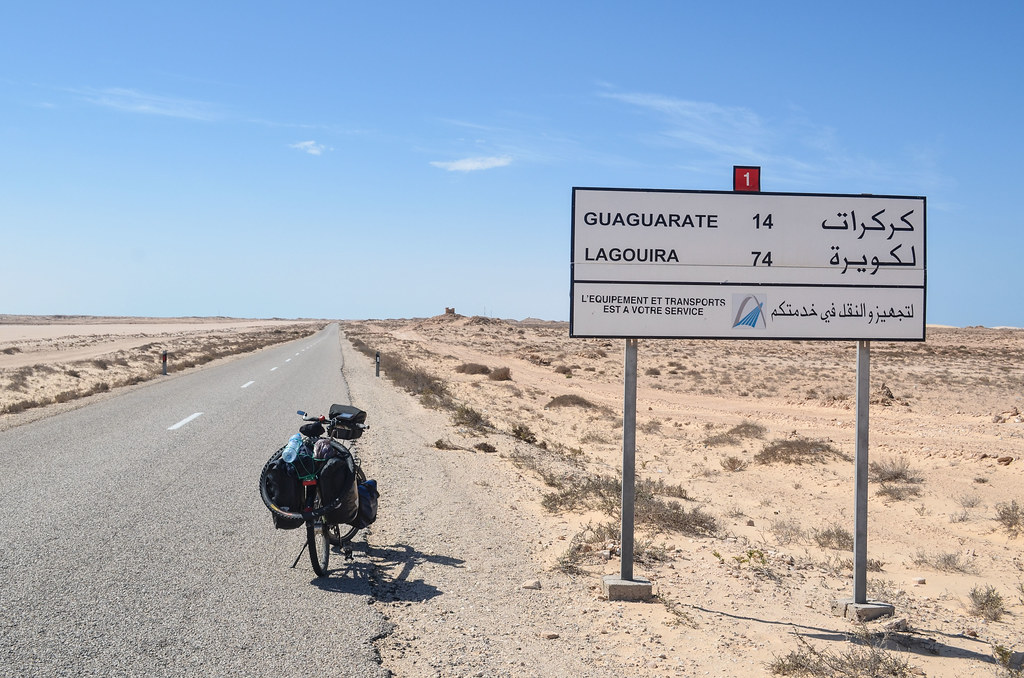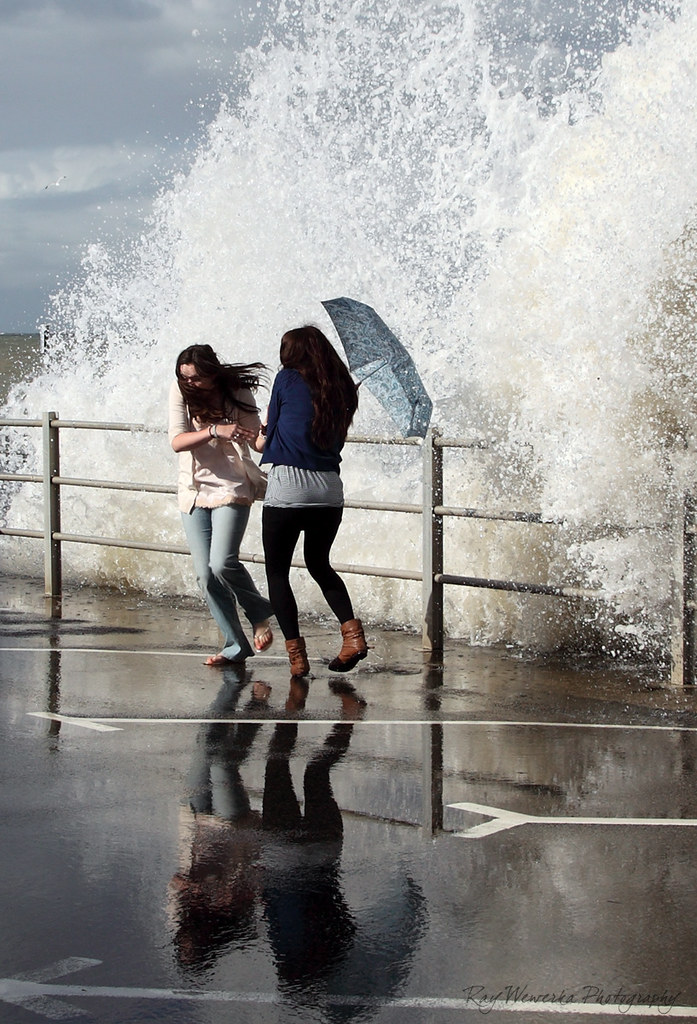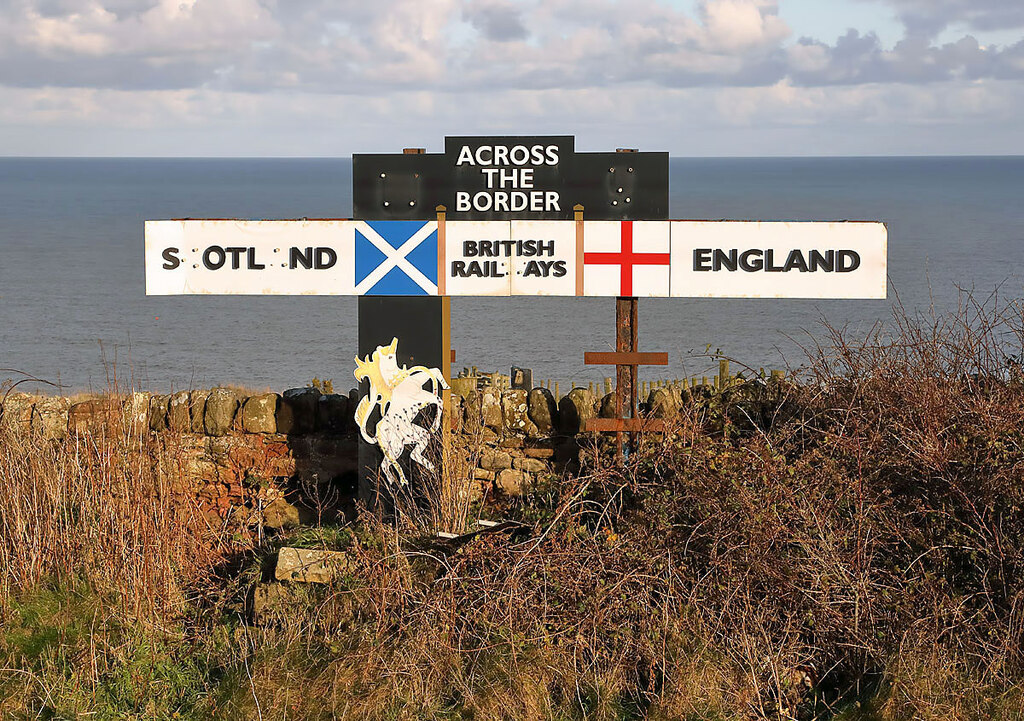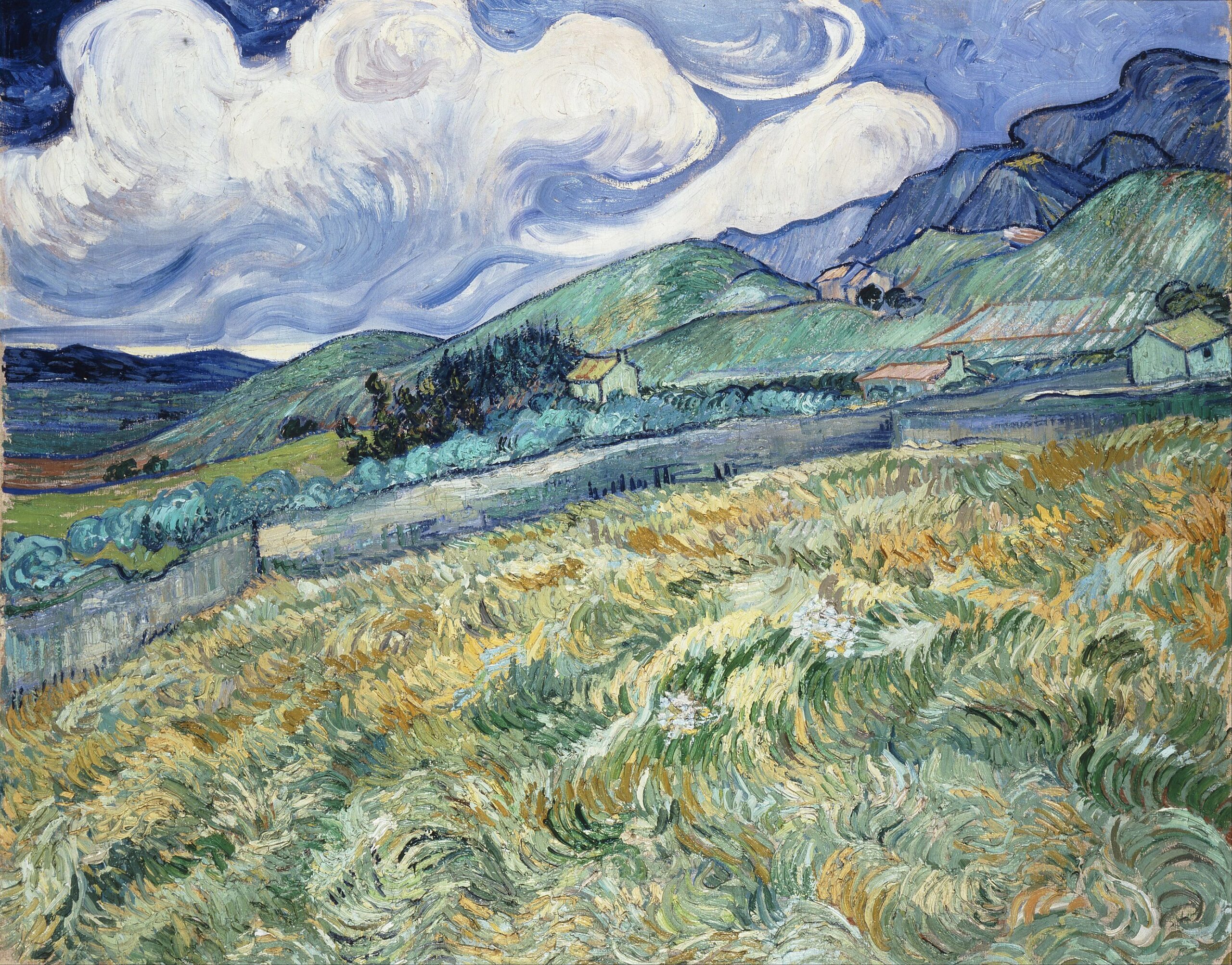In this lesson you will find:
Borders define more than just maps—they shape how we see ourselves and others. In this lesson, students explore the visible and invisible boundaries in their lives through creative, inquiry-based learning. Take your class on a border walk, invite them to capture photos that represent different kinds of borders—geographical, social, psychological, or cultural—and use oral history interviews to uncover how people experience and interpret these boundaries.
- 3 articles created by the academics
- 3 lesson plans created by active teachers and educators
This lesson is the outcome of the collaborative research project, “Borders as a Central Factor Shaping Perception of European Societies (B-SHAPES).


